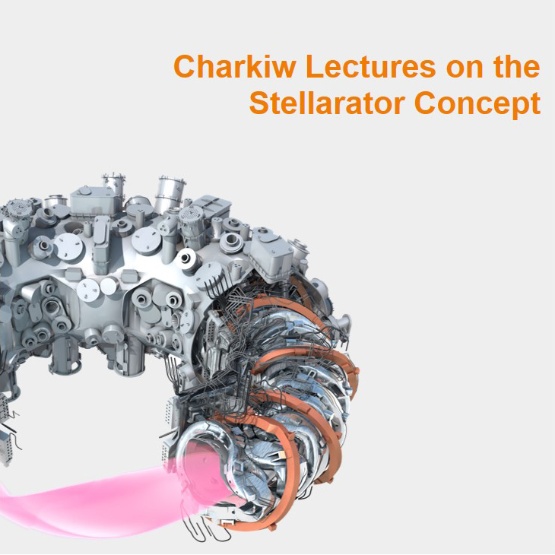| Time: | January 20, 2021, 4:00 p.m. (CET) |
|---|---|
| (CET) | |
| Lecturer: | Guillermo Suárez López |
| Download as iCal: |
|
As part of the FUSION-EP Master Program, students and alumni organize the so-called FusionEPtalks. FusionEPtalks is brought to you by the alumni community of the European Master In Fusion Science and Engineering physics. Our mission is to do student-led webinars, expert talks and panels on the development of nuclear fusion as an energy source that connect scholars, engineers and enthusiasts around the world.
The next FusionEPtalk will take place on January 20, 2021. Ion cyclotron range of frequencies (ICRF) antennas will be installed in ITER and are also under consideration for DEMO as one of the main auxiliary heating and current-drive systems. ICRF waves are, however, evanescent in low-density plasmas, characteristic of the edge of fusion experimental reactors, but propagate beyond certain density. The coupling of these waves from the evanescent edge to the propagative core is well understood in axisymmetric plasma conditions, i.e., when the coupling region can be assumed homogeneous in poloidal and toroidal directions. However, the coupling of such waves under non-axisymmetric plasma geometries has rarely been systematically studied. Far from odd these non-axisymmetric configurations will be commonplace in fusion demonstration reactors and commercial power plants. For instance, a fusion power plant must operate in a high-confinement regime compatible with power exhaust. One candidate for the plasma scenario is the ELM-free H-mode, where toroidal symmetry is purposely broken to mitigate and even suppress edge localized modes (ELMs). To this effect, magnetic perturbation (MP) fields are applied, which induce a field-aligned plasma kink- response that breaks the usual tokamak toroidal symmetry. Likewise, Stellarators operate, by design, under non-axisymmetric geometry. In these devices, gas puff is also routinely used to improve the coupling conditions for ICRF antennas, in which a neutral cloud is non- axisymmetrically ionized at the edge, endowing the ICRF coupling region with 3D geometry. In this talk, Guillermo will present experimental and numerical results of the effect of non-axisymmetric plasma configurations on the coupling performance of ICRF waves, and prospectives for ITER. Throughout his PhD, he participated in many experiments on the ASDEX Upgrade tokamak, where the MP system was used to systematically study these effects


